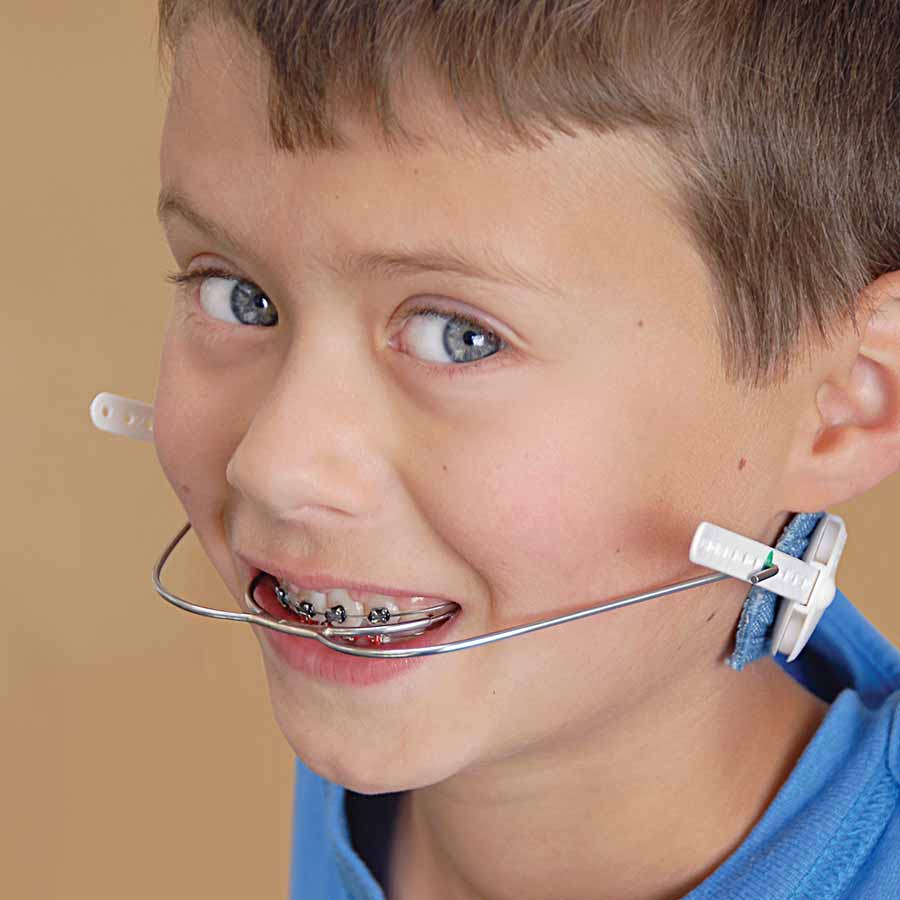Comprehensive Overview to Orthodontics Procedures for Fixing Oral Imbalances
In the world of orthodontics, the trip to achieving a completely straightened smile entails a myriad of treatments tailored to correct dental imbalances. From traditional braces to unseen aligners and even medical alternatives, the area of orthodontics offers a variety of remedies to resolve varying degrees of oral irregularities. Understanding the details of each procedure, including their devices, benefits, and potential downsides, is crucial in making notified decisions regarding one's orthodontic treatment. As we navigate via the extensive overview to orthodontic treatments for dealing with oral imbalances, the intricate details of each technique will certainly unravel, clarifying the course towards a unified and useful dental positioning.
Orthodontic Procedures Summary

Regular changes and tracking are crucial components of orthodontic therapy to guarantee progress is on track and to make any type of necessary adjustments along the way. By undergoing orthodontic procedures, patients can not only accomplish a straighter grin yet additionally boost their overall dental health and function.
Conventional Braces: Exactly How They Function
When considering orthodontic therapies for oral misalignments, traditional dental braces stick out as a tried and true method for remedying teeth positioning. Typical dental braces include braces, wires, and bands that interact to apply continuous stress on the teeth, slowly relocating them into the desired placement. The brackets are affixed to the teeth utilizing a special adhesive, and the cords are threaded with the brackets. By readjusting the tension of the cords, orthodontists can control the instructions and force used to each tooth, assisting them into proper placement gradually.
As pressure is applied to the teeth through the braces, the bone surrounding the teeth is reshaped to support the new tooth settings. Individuals will certainly require normal changes at the orthodontist's workplace to ensure the braces continue to use the proper stress for effective teeth activity.
Unseen Aligners: Cons and pros
Invisible aligners provide a discreet and convenient option to typical dental braces for remedying oral misalignments. These clear, tailor-made trays are essentially invisible when used, making them an appealing option for individuals seeking a much more visually pleasing orthodontic treatment. One of the main advantages of unnoticeable aligners is their removability, enabling less complicated maintenance of oral health compared to conventional braces. explanation People can eliminate the aligners prior to eating or brushing their teeth, lowering the danger of food getting embeded the device and simplifying the cleaning procedure.

Surgical Orthodontic Options
Surgical treatments in orthodontics present viable options for attending to complicated oral imbalances that may not be efficiently fixed with traditional orthodontic therapies. While standard dental braces and unnoticeable aligners can fix numerous orthodontic issues, certain cases call for medical treatment to attain optimum results. Surgical orthodontic choices are generally recommended for severe malocclusions, substantial jaw inconsistencies, and situations where the underlying bone structure requires alteration to accomplish appropriate alignment.
One usual medical orthodontic treatment is orthognathic surgical treatment, which involves rearranging the jaws to remedy practical issues such as trouble chewing or speaking. This surgical procedure is usually done in collaboration with an orthodontist that assists align the teeth prior to and after the procedure. Surgical orthodontics might also entail procedures to reveal affected teeth, remove excess gum tissue, or improve the jawbone to create an extra harmonious face profile.
Prior to considering medical orthodontic choices, patients undertake an extensive evaluation to figure out the Source necessity and prospective advantages of such treatments. cumming orthodontist. While surgery might appear overwhelming, it can substantially boost both the function and aesthetics of the smile in cases where standard orthodontic treatments fail
Retainers and Post-Treatment Treatment

Post-treatment care involves complying with the orthodontist's instructions faithfully. This may include correct oral hygiene techniques, participating in follow-up visits, and putting on the retainers as suggested. Failure to comply with post-treatment care directions can cause relapse, where the teeth progressively return towards their original positions. Consistent retainer wear, great dental health, and regular oral examinations are necessary for keeping the outcomes achieved with orthodontic surgical treatment and ensuring the long-term security of the dealt with dental placement.
Final Thought
In conclusion, orthodontic treatments provide various options for dealing with oral misalignments. Traditional dental braces make use of steel brackets and cords to move teeth right into appropriate placement. Unseen aligners offer an even more very discreet option however may not appropriate for all cases. Surgical orthodontic alternatives are readily available for more severe misalignments. Retainers are typically made use of post-treatment to keep the brand-new alignment. Generally, orthodontic procedures can successfully boost dental wellness and aesthetic appearance.
As we navigate with the comprehensive overview to orthodontic procedures for remedying oral imbalances, the elaborate information of each technique will unfold, dropping light on the course toward a unified and functional oral positioning. - braces
One of the most usual orthodontic therapies is the usage of braces, which my blog are composed of steel brackets and wires that use mild pressure to progressively shift teeth into the wanted setting.When taking into consideration orthodontic treatments for dental imbalances, conventional braces stand out as a tried and true technique for correcting teeth positioning. In addition, unseen aligners may not be appropriate for intricate orthodontic issues that call for even more significant teeth activity, as they are normally advised for mild to modest instances. Retainers are personalized orthodontic devices made to hold teeth in their dealt with positions after the completion of orthodontic therapy.